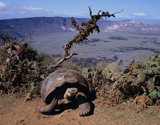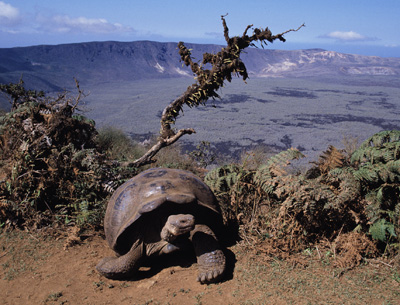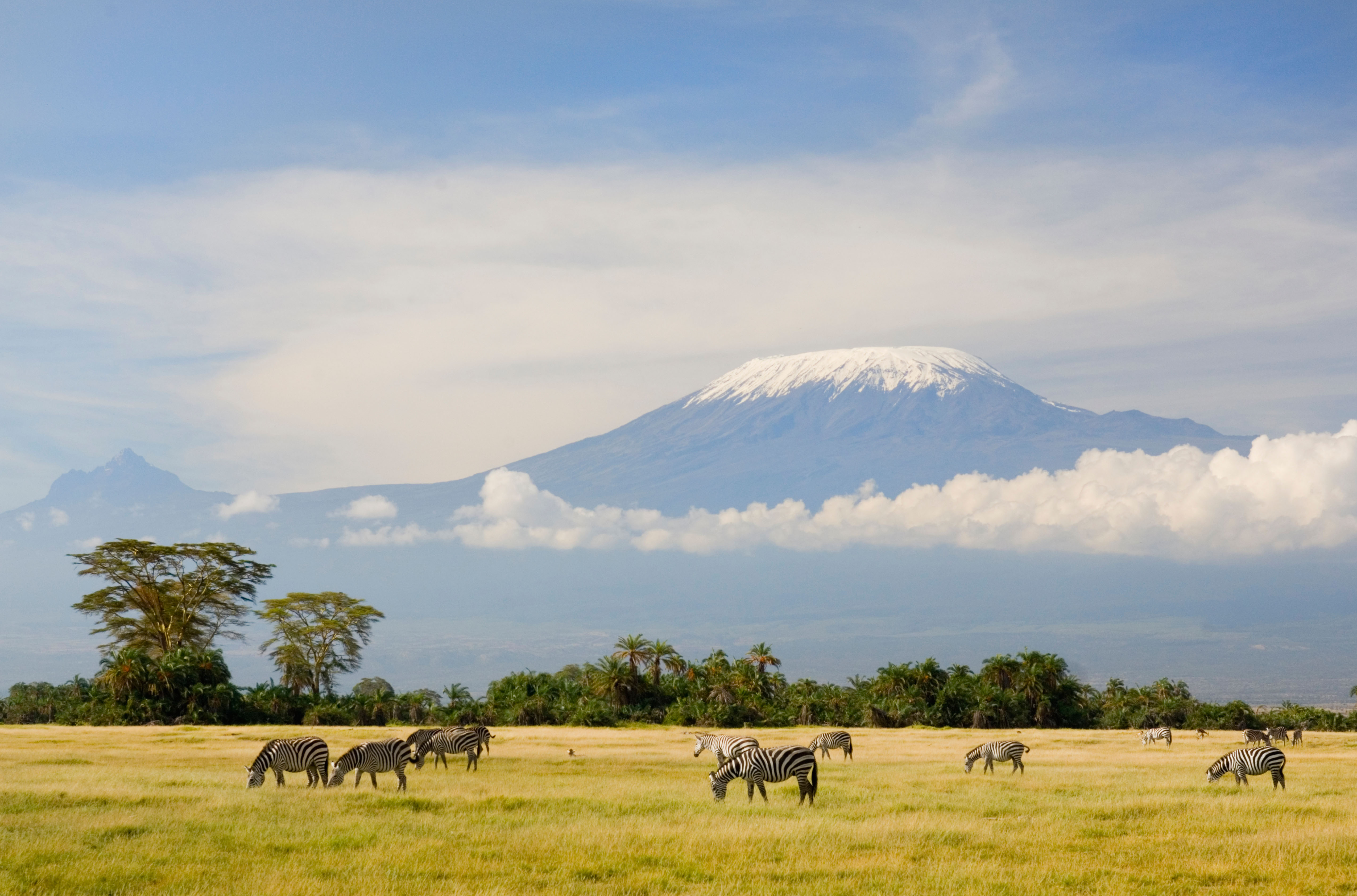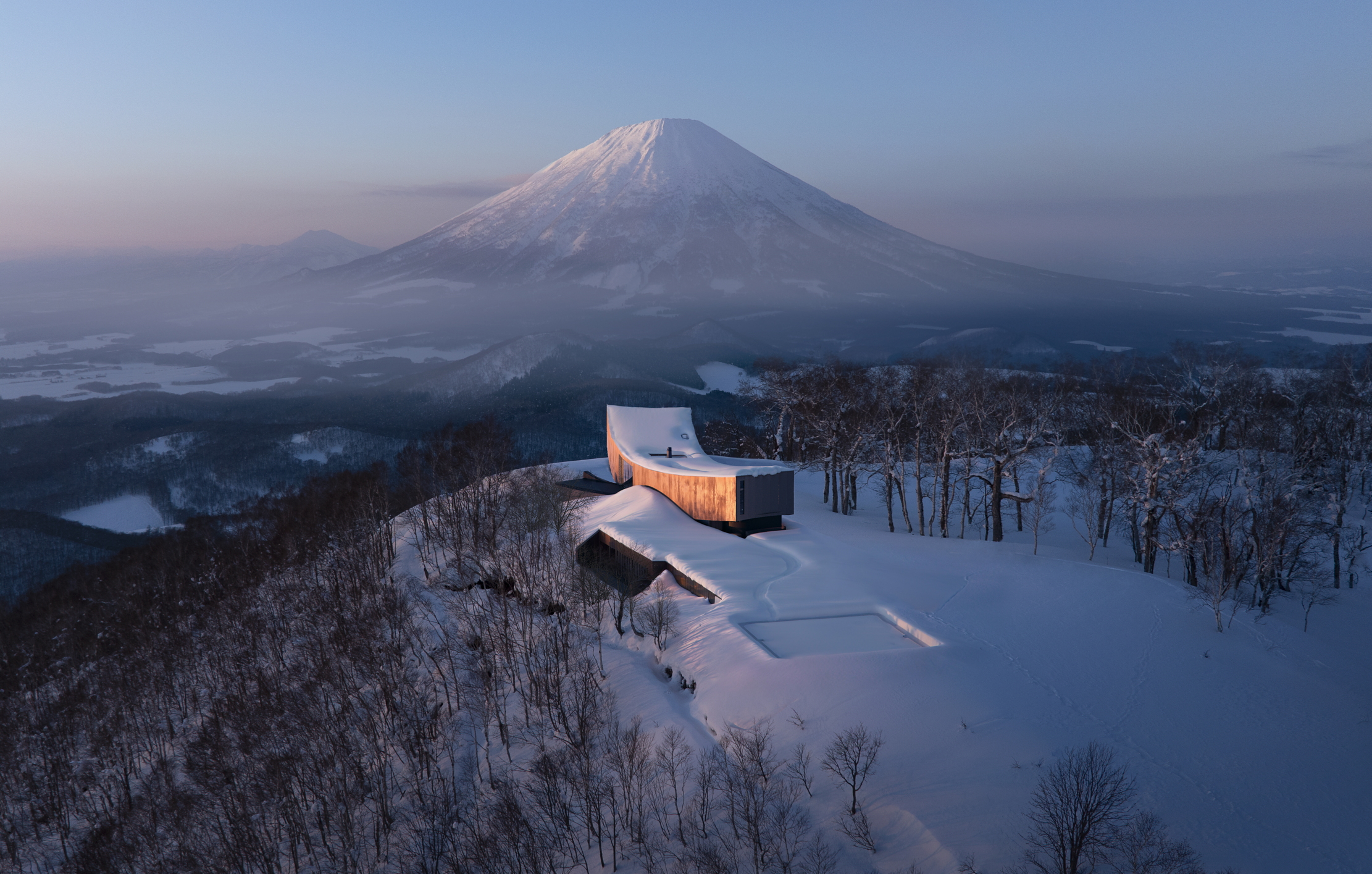Ultimate family holiday: The Galápagos
The Galápagos is a completely unique destination for families, full of jawdropping encounters with the natural world, recounts Rupert Uloth


Hello Penguin! Can I introduce you to Flamingo?' No, this isn't the opening line of an Edward Lear nonsense poem, but a reality of the extraordinary islands of the Galápagos, where creatures of the Antarctic share the same living space as their exotic cousins from the tropics. It was one of many such incredible encounters, which had my family and I simultaneously reaching for our binoculars, cameras and copies of On The Origin of Species. If holidays evolve by natural selection, then this trip definitely comes out on top.
We soon realised that, in most cases, the birds and animals we came across were so unaffected by our presence -a consequence of generations of predator-free living-that we were usually close enough to observe them unaided by artificial magnification. The majestic frigate bird with his 7ft wingspan, unabashedly maintained his seduction ritual, inflating his brilliant scarlet throat to balloon size, unperturbed by our admiring glances. In fact, these lads work in packs and we only had to walk a few feet to find another one in a similar state of self-promotion.
Ten yards away, a blue-footed booby continued his clown-like mating ritual, stepping from side to side on his oversized eponymous webbed feet. We had to pinch ourselves as we attempted to make our way through a mass of prehistoric-looking and fearsomely crested marine iguanas, some 3ft long, sunning themselves on hardened black lava. ‘Try not to step on their tails,' warned Walter, one of three expert naturalists leading our group of 10. Every walk on an uninhabited island and every snorkel in the sea brought more wondrous sights and experiences, ones I know our children will never forget.
This volcanic series of outcrops straddling the equator, 600 miles into the Pacific Ocean off mainland Ecuador, and located at the junction of different currents from all corners of the planet, are like nowhere else on Earth, as Charles Darwin was to discover when he came across them on his voyage aboard the Beagle in 1835.
Although it was not for several decades afterwards that his world-shattering conclusions about the theory of evolution and natural selection were made public, this is where it all began and, in spite of the vicissitudes of the islands since then, we were witnessing almost exactly what he saw all those years ago. When we examined the finches close up (not difficult to do), the differences between the beaks of the different species was immediately obvious. The cactus finch's probing bill can use tools to dig out insects, but the ground finch's beak is more adapted to crushing seeds on the ground.

* Subscribe to Country Life and save up to 40%
At the other end of the scale, the giant tortoises, which can weigh up to 880lb and live for more than 100 years, also have their tell-tale differences, ones that Darwin had first been alerted to when the then Governor of the Gal. Galápagos told him that he could tell which island any tortoise came from. Like other animals and reptiles of the Galápagos, they originally floated here millennia ago from mainland South America, but then they had to adjust to the particular conditions they encountered. The saddleback tortoise, for instance, has a high, arched shell and long neck so that it's able to reach higher branches of trees in the dry lowlands.
Exquisite houses, the beauty of Nature, and how to get the most from your life, straight to your inbox.
During the 19th century, whalers, privateers and pirates seriously diminished the population of these lugubrious creatures. After months of dried biscuits, the crews relished the flesh of these benign creatures. The poor brutes could survive up to a year in the hold of a ship with no food or water. Overall numbers fell to dangerously low levels in the 1970s, but, now, an active breeding programme has seen many being reintroduced to the wild.
Recent threats to the islands had put much of the eco-system in jeopardy: farming by settlers on the bigger islands, thousands of goats grazing vital vegetation, rats transported by boats and the presence of tourists themselves, whose numbers have swelled from 12,000 in 1979 to more than 160,000 annually now. But fragile though it remains, the situation is much brighter than it was 15 years ago. Park fees and the boost to the local economy have led to better managed and regulated tourism.
We only walked on special paths and the guides were assiduous in ensuring we didn't interfere with the precious flora or fauna. Eradication programmes have eliminated the goats and even donkeys from some islands, although feral cats remain a threat to ground-nesting birds. There are more modern threats such as pollution and rubbish, particularly plastic borne here on the currents, but there is a general sense that, despite a growing local population, protecting this unique environment is being taken seriously.
Many of the 18 main islands are remote and the only way to reach the further ones is by boat. La Pinta was our comfortable floating home for five days, owned by the incomparable Metropolitan Touring, which has been expertly running tours in Ecuador and the Galápagos for more than 60 years. Each morning, we would wake and gaze out of our large cabin window to find a new view after motoring through the night to a new anchorage and a new adventure. Boarding pangas (a much better name for what we call ribs), we would be sped to a different island each morning and afternoon, nearly all uninhabited, but each with a different story to tell.
On Fernandina, we spotted our first flightless cormorant and swam with sea lions; at Tagus Cove, we looked over the rim of Darwin Crater into the saltwater lake. On tiny Rábida, we stood on the striking red sand as we watched a large flock of blue-footed boobies folding back their wings to transform themselves into sleek missiles diving up to 13ft deep to snatch a share of a passing shoal. It felt as if we were at Agincourt watching the arrows fall on the enemy. Our final two days were at the comfortable Finch Bay Eco Hotel. This gave valuable time to reflect on a life-changing trip.
We had begun our great adventure in Ecuador's high-altitude capital, Quito. The old quarter of this World Cultural Heritage Site has been transformed from what used to be a rundown and dangerous area into a revived Spanish colonial gem. A lady from the local market introduced us to her friend, who sells natural remedies such as stinging nettles and lemongrass. We saw stalls offering some of the 300 varieties of potato and we now know where the world's best chocolate comes from. Panama hats definitely come from Ecuador, too, and were only misnamed by engineers who were working on the Panama Canal. The gold leaf inside the la Compañia church is so lavish that the organ has been decommissioned to prevent the noise from the pipes destroying it with vibrations. On a foray into the Ecuadorian jungle, we stayed in the supermodern Mashpi Lodge, its floor-to-ceiling windows enhancing the sensation of being part of the lush vegetation.
Exploration of the thick cloud forest brought us into contact with beautiful hummingbirds, a tayra-an otterlike creature with two-tone chocolate colouring-and even a local ocelot, a cat-sized cheetah. We played in a waterfall, took a trip on a sky bike and wondered at the size and colours of the butterflies. All the time, anticipation was building towards our trip to the Galápagos.
‘This won't be a difficult article for you to write,' said 12-year-old Honor on the last day. When pressed for a standout highlight, Nonie, 10, said: ‘I loved the snorkelling, especially when the penguin swam underneath me.' But Rufus, 8, probably summed it up best with his ‘I just loved it all'. I can think of no better experience to share with a family. It's like nowhere else in the world, as Darwin discovered, and never has botany, geography, geology and zoology been such fun.
Rupert Uloth and his family traveled with Cox & Kings (0845 527 9324; www.coxandkings.co.uk), which has a 10-day/eight-night private trip to Ecuador and the Galápagos priced from £4,475 per adult and £3,745 per child, saving £880 per family. This includes three nights with breakfast at Casa Gangotena in Quito, two nights' full board at Mashpi Lodge and a three-night cruise on La Pinta with full board. Flights via Madrid, transfers and excursions are included in the price. A three-night extension at the Finch Bay Hotel is from £395 per person. Price based on two adults and two children sharing two rooms, valid for all new bookings until May 31, 2014.
* Follow Country Life magazine on Twitter
Country Life is unlike any other magazine: the only glossy weekly on the newsstand and the only magazine that has been guest-edited by His Majesty The King not once, but twice. It is a celebration of modern rural life and all its diverse joys and pleasures — that was first published in Queen Victoria's Diamond Jubilee year. Our eclectic mixture of witty and informative content — from the most up-to-date property news and commentary and a coveted glimpse inside some of the UK's best houses and gardens, to gardening, the arts and interior design, written by experts in their field — still cannot be found in print or online, anywhere else.
-
 Become a geography wizard by taking the Country Life Quiz of the Day, November 28, 2025
Become a geography wizard by taking the Country Life Quiz of the Day, November 28, 2025So many facts about rivers, capital cities, depths of things. You'll be the life and soul of every party by the end.
-
 The dream ski chalet for sale: Plan world domination and ski Japow at the same time
The dream ski chalet for sale: Plan world domination and ski Japow at the same timeEach week, James Fisher fantasises about a dream ski chalet he'd like to buy, but can't — from architecturally striking marvels, to cosy mountain retreats, and everything in between. This week, we are off to the top of the Rusutsu resort in Japan.
